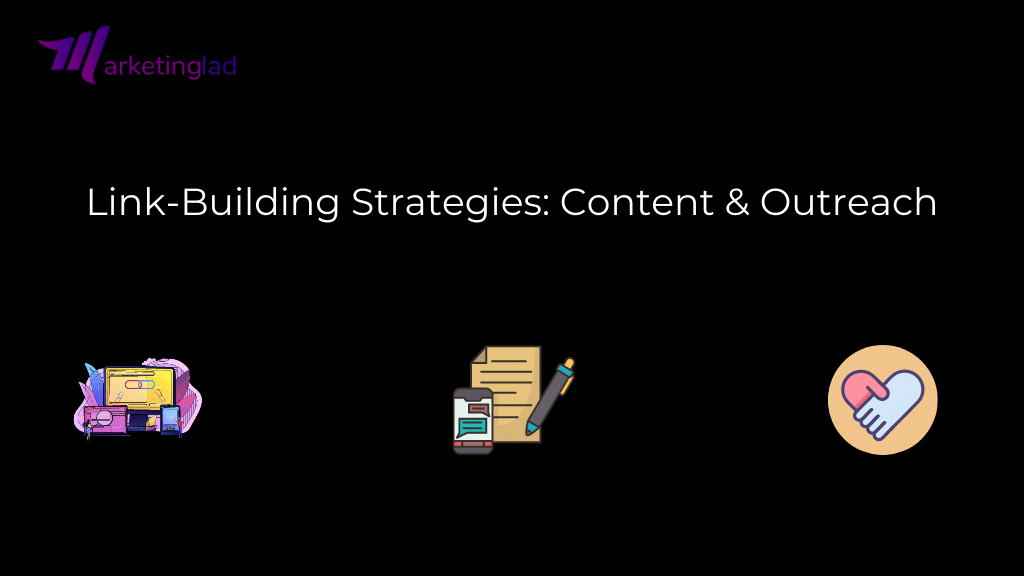It is more effective, evergreen, and efficient to create content that naturally attracts links rather than using outdated link-building strategies. This is why.
AI will undoubtedly have a significant impact on SEO, but I believe the value of building authority won’t change.
Now that AI results are appearing in the SERP and other publishers are producing material using AI, your content will be up against even greater competition.
Authority and value signals will be more important than ever. Backlinks will continue to play a significant role in determining that authority as long as businesses and individuals continue to generate content.
You probably receive 10 or more LinkedIn messages each day from “link-building agencies” guaranteeing you a certain number of links if you’ve been in the SEO industry as long as I have.
It’s not simply really irritating. It’s not the right strategy to use when trying to get links to your article.
Building links is crucial. It’s important to establish external authority.
Let’s discuss how to improve this process (while turning fewer people off in the process) by creating material that organically creates links, or what I refer to as writing content with link intent.
I’ll outline various methods for approaching link intent in this article, including:
- The idea behind linking-generating content.
- The importance of effective link intent for a company.
- Practical guidelines for content planning with link intent.
The Philosophy Driving Content with Link Intent
Although I’ve found it to be rare, link-building and content production should be a part of the same process. It’s possible that you’re doing the error of optimizing for links alone without taking into account down-funnel consequences because you’re doing link building as a separate endeavor.

Instead, consider who in your community should care about what you are writing about and why before you begin.
Content created with this approach has a much better probability of gradually accumulating links than content created with a quantity-based “must get links” attitude.
You won’t need to send spammy emails or InMails if you put in the effort to write compelling, pertinent material that people will want to share and you’ve added value.
Your resources are probably working towards a target amount of links and requesting link swaps if you’re operating in content and link-building silos.
In my experience, this approach frequently disregards whether the information being promoted is pertinent or helpful and would actually enhance your brand, the exact opposite of what effective content ought to accomplish.
The people who write on the same topics and are searching for other experts to validate their perspectives will be drawn to material that is written with a nod towards Google’s helpful content standards, offering value and focused on the user experience.
If you can create material that is valuable enough to add to the discussion on the subject, it will draw links and Google will eventually figure out its significance. It’s a far deeper and more comprehensive strategy than simply increasing the number of links.
The Value of Effective Link Intent for Business
I can say with certainty that my agency has acquired a number of clients as a result of the content I’ve created. Most B2B companies likely have comparable promises to make.
You have a great possibility of getting shared and generating referral traffic with content that is strong enough to produce passive links, which is typically overlooked in SEO.
A built-in snowball effect will occur over time as a result of valuable content that is developed with link intent.
With link outreach, that does more than just save you time. For referral traffic, it should ideally build a network of linked websites and publishers that can be extremely beneficial over time.
Consider it an organic kind of affiliate marketing, a massive channel that is gaining popularity.
Practical Steps to Building Content with Link Intent
Are you prepared for a list to help you get started?
An outreach element is present, but it doesn’t appear until the very end after the main work of relevance has been completed.
- Research the “statistics” or “reports” keywords that bloggers and journalists frequently use while looking for references. Use Twitter, Ahrefs’ Matching Terms Report, Reddit, Quora, and Exploding Topics as references.

- Make a list of themes around which your team can offer insightful observations and viewpoints based on those keywords.
- Make a list of authors and journalists who write on those subjects.
- Locate subject matter experts (internal or closely affiliated), interview them, and collect their resources to create a content cache.
- Utilizing Google Trends, social listening, and a list of audience modifiers, create and refine the material into current insights to increase its relevance.
- Explain why this matters right now and how it differs from other content readers may find in reference to a group of authors and journalists who cover your issue and/or sub-theme.
- Follow those writers and journalists on their social media platforms to strengthen your relationship in preparation for potential chances if (or even before) they link to your material.
Focusing on Link Development with Intent
These days, many SEOs I speak with place less emphasis on link creation than they did in the past.
In my view, this is less a case of links becoming less important as it is of outdated link-building strategies.
Instead of isolated content and link activities, a link-intent approach combining excellent content with purposeful outreach is more effective, evergreen, and efficient.
In addition to generating additional traffic, it enhances the reputation of your brand while also improving the customer experience.





